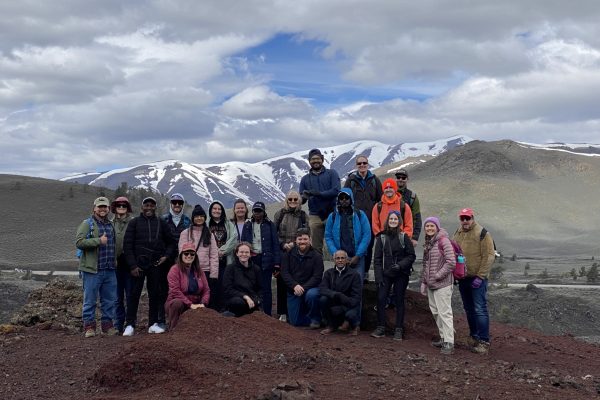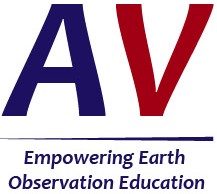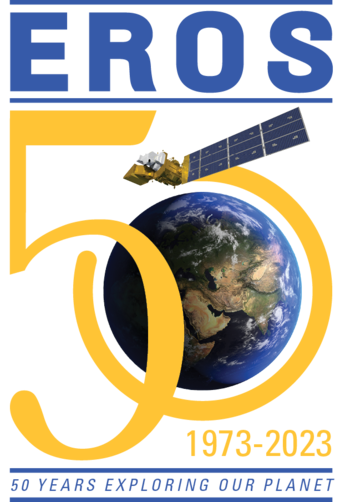
AmericaView Hosts STEM Event at the USGS EROS Center
To commemorate the 50th anniversary of the Earth Resources Observation and Science (EROS) Center, AmericaView was enlisted by the U.S. Geological Survey (USGS) to collaborate with the National Land Imaging team and EROS staff. The three-day celebration featured a series of events, including a ribbon-cutting ceremony, a rededication event, and a “Friends and Family” open house. AmericaView took the lead in organizing and hosting a STEM-focused event designed to engage learners across all age groups.
In collaboration with key partners such as the NASA Landsat Communications and Public Engagement Team, the NASA AREN AEROKAT Team, South Dakota State University, and South DakotaView, AmericaView curated a range of activities to underscore the significance of Earth observation. These interactive stations delved into various aspects of remote sensing and Earth observation. Offerings included an educational “swag” table, a Landsat collage activity, Frustrationless Flyer kite-building and coloring stations, thermal cameras, and the NASA DIY STELLA handheld spectroradiometer. Additionally, drones were on display, and subject-matter experts were on hand to discuss the intricacies of the Landsat program, satellite data collection methods, and the diverse applications of such data.
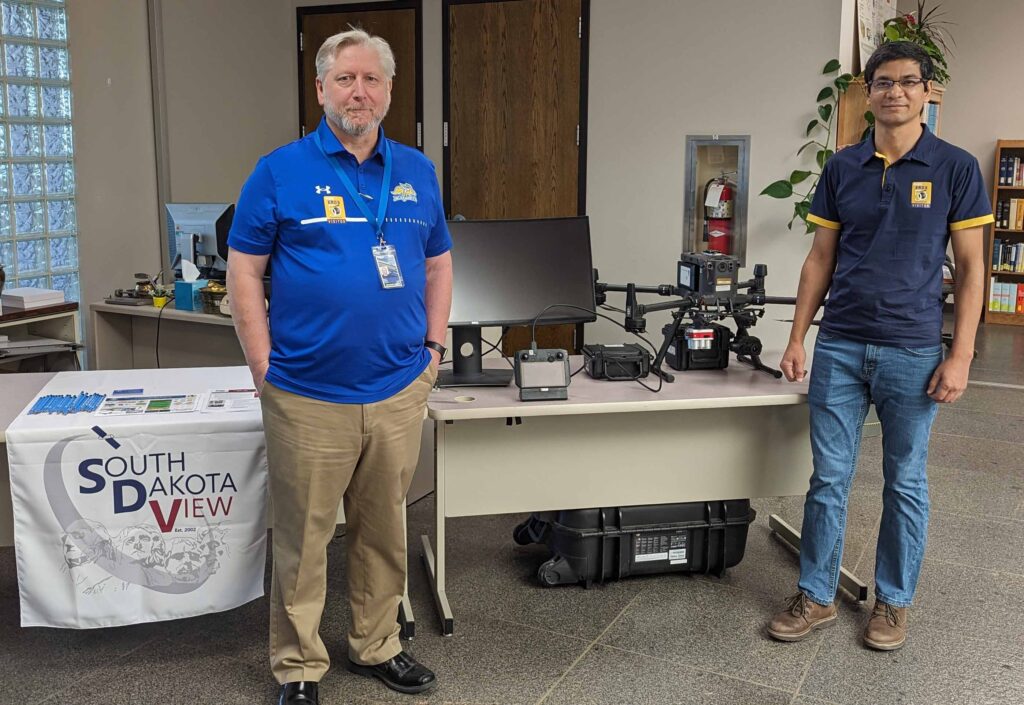

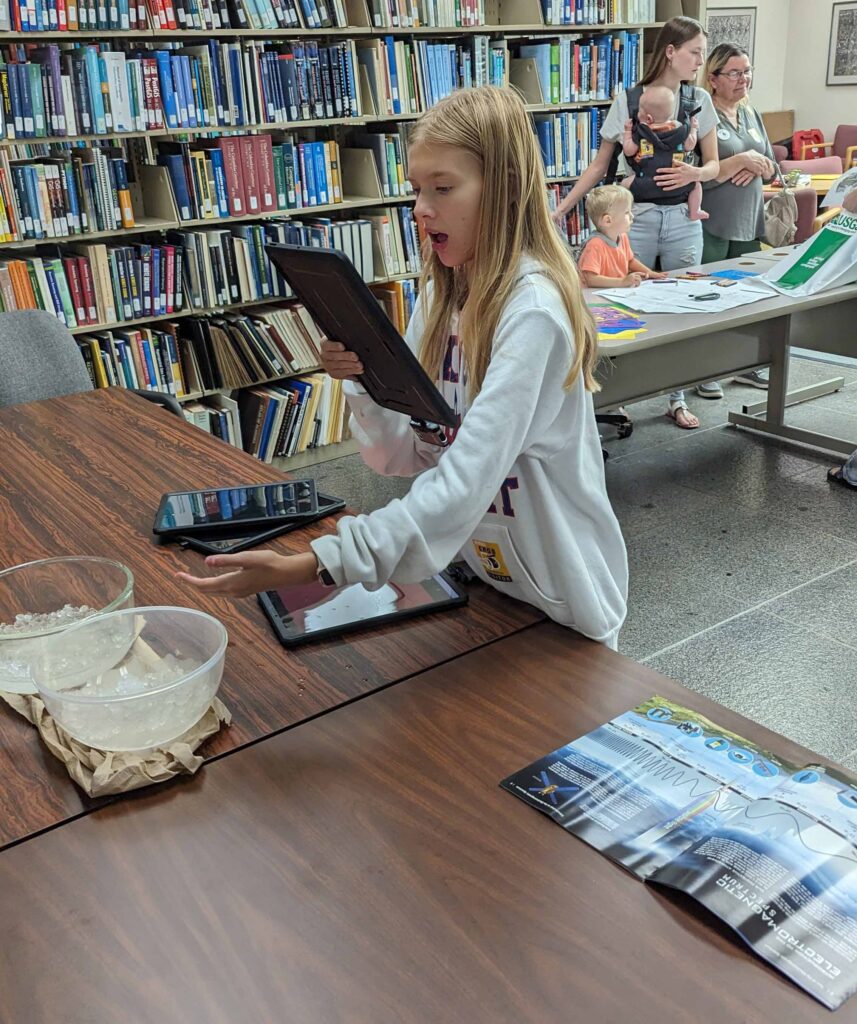


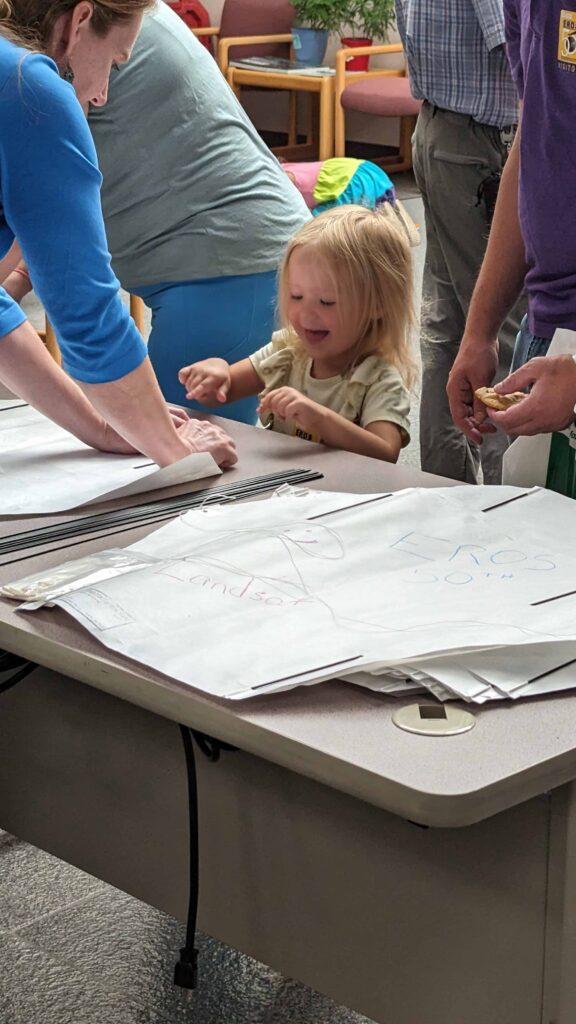
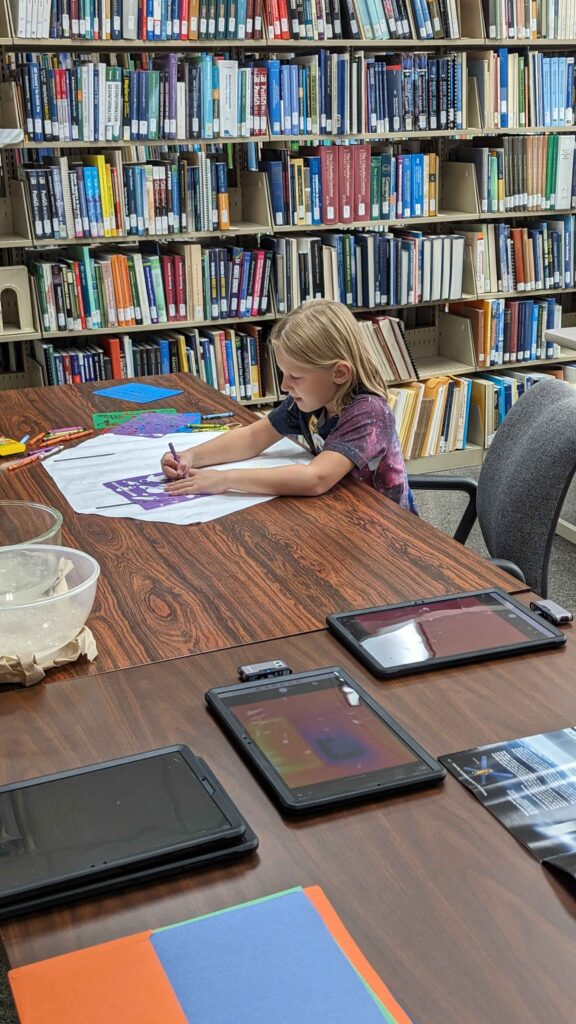
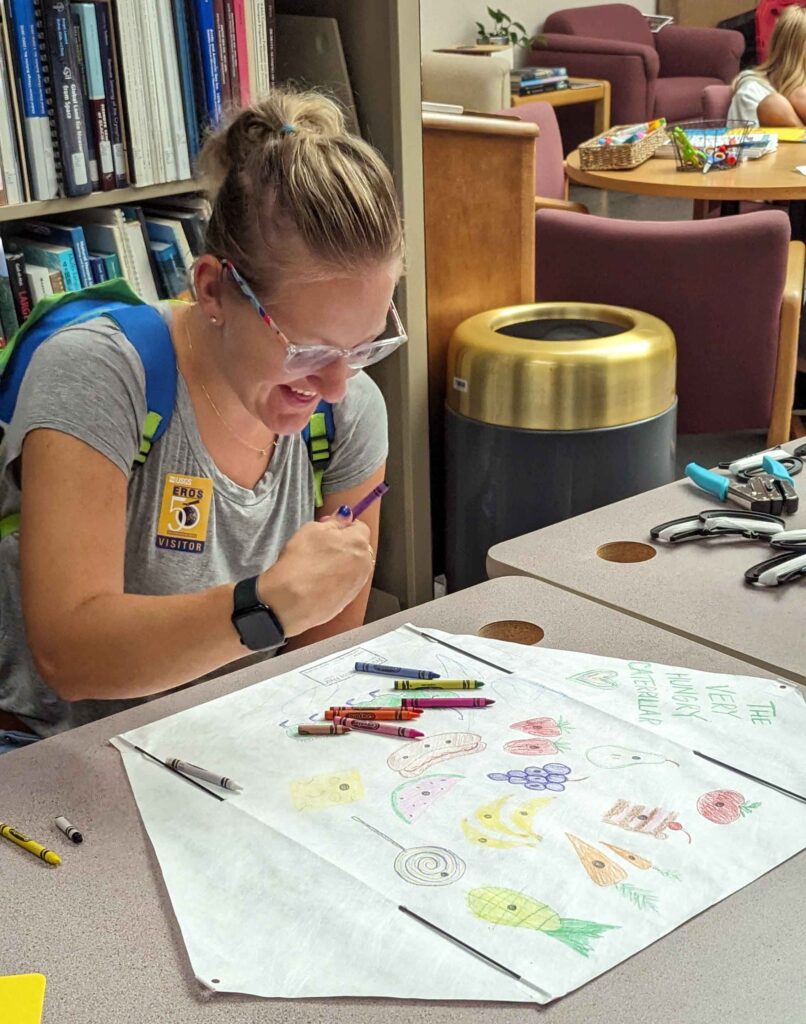
EROS – 50 Years of Science, Innovation, and Discovery
The Earth Resources Observation and Science Center (EROS), a component of the U.S. Geological Survey (USGS), has a rich history that can be traced back to the early 1970s. Originally established to align with the USGS’s broader objective of studying and documenting Earth’s environmental conditions and natural assets, EROS has become a pivotal institution for storing, managing, and sharing satellite imagery and geospatial information. The center plays a key role in advancing scientific inquiry, managing natural resources, and aiding in emergency response activities.
The inception of EROS was influenced by the enthusiasm for space technology during the era of the space race. Officially coming into existence in 1973, the center was designated as the main repository for the Landsat program, the pioneering initiative for Earth surface imaging via satellites. As time has passed, EROS has broadened its scope to include data from various other satellite missions, as well as aerial photographs and an array of geospatial datasets.
Sioux Falls, South Dakota, was strategically chosen as the site for EROS for multiple reasons. The city’s central position within the U.S. made it logistically convenient for receiving data from different ground stations across the country. Additionally, the region is relatively free from potential natural disasters, with the exception of occasional flooding, thereby offering a secure environment for the data archives. Economic benefits and a favorable political atmosphere in South Dakota further contributed to its selection. The local academic institutions also offer a skilled workforce and avenues for scholarly partnerships.
The land on which the EROS sits north of Sioux Falls was not simply acquired; it was the result of concerted political efforts, with Republican Senator Karl Mundt of South Dakota playing a central role. Senator Mundt was known for directing federal initiatives to South Dakota and saw the immense value that a facility like EROS could offer both locally and nationally. Using his congressional influence, he championed the cause for designating federal land and securing the necessary funds to establish the center in his home state. His advocacy was crucial in navigating the bureaucratic hurdles and obtaining the resources needed for the center to be optimally situated. Beyond the land and funding, Senator Mundt was also a key ally in establishing political and community backing for EROS, thereby ensuring its successful inception and positive impact. His efforts have had a lasting influence on EROS’s history and its standing as a premier institution in the field of Earth observation.
In the present day, EROS remains a critical resource for Earth-monitoring data, contributing to a variety of applications, from studying climate change to aiding in disaster relief efforts. Its core mission continues to focus on delivering world-class geospatial data and expertise to assist in the sustainable management and understanding of Earth’s resources. The center’s establishment in Sioux Falls has not only been logistically beneficial but has also enabled community involvement and educational programs. EROS serves as a lasting symbol of the early visionaries who understood the significance of Earth observation in tackling global issues.



